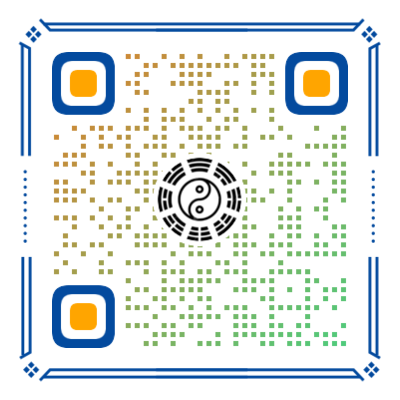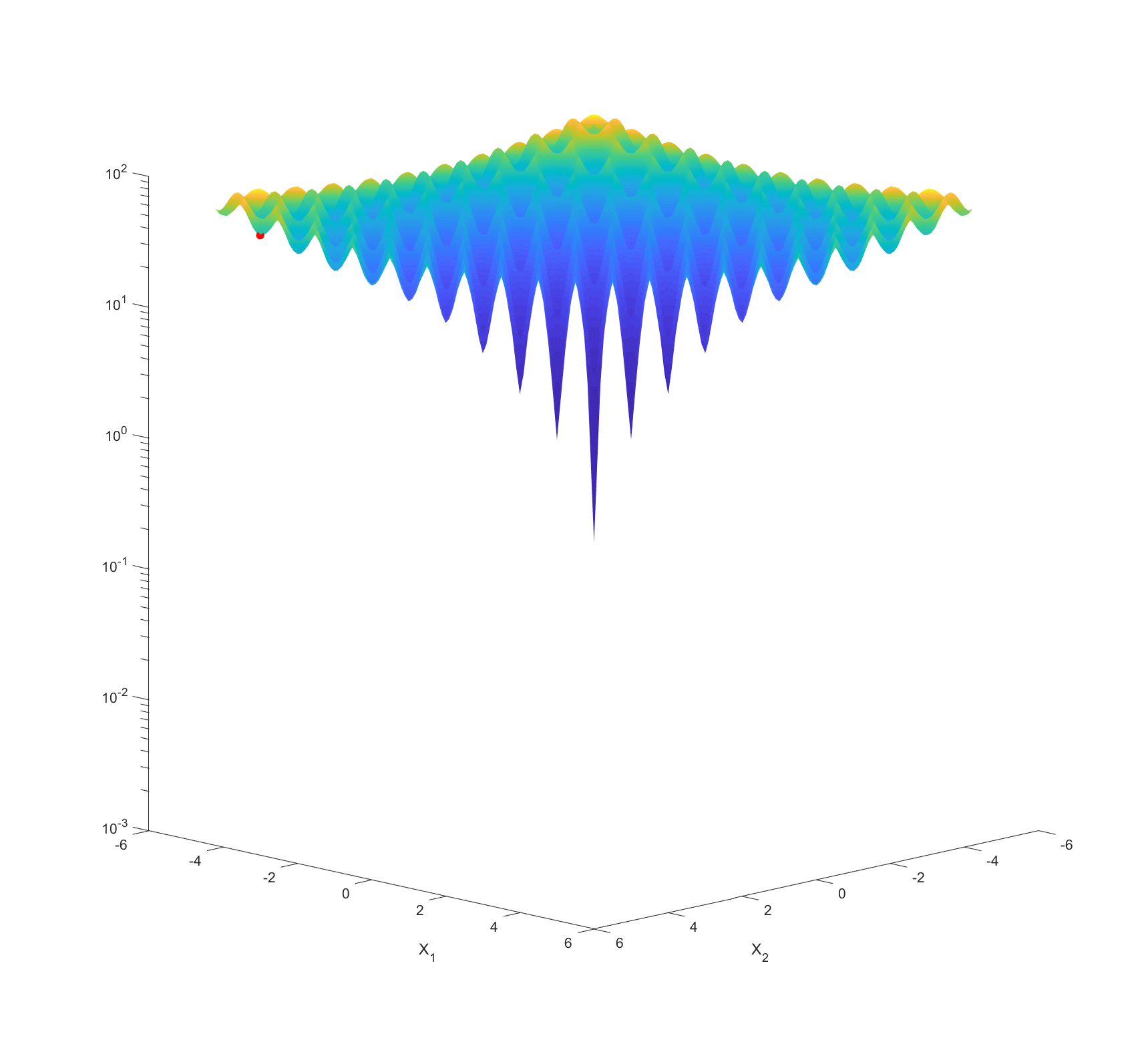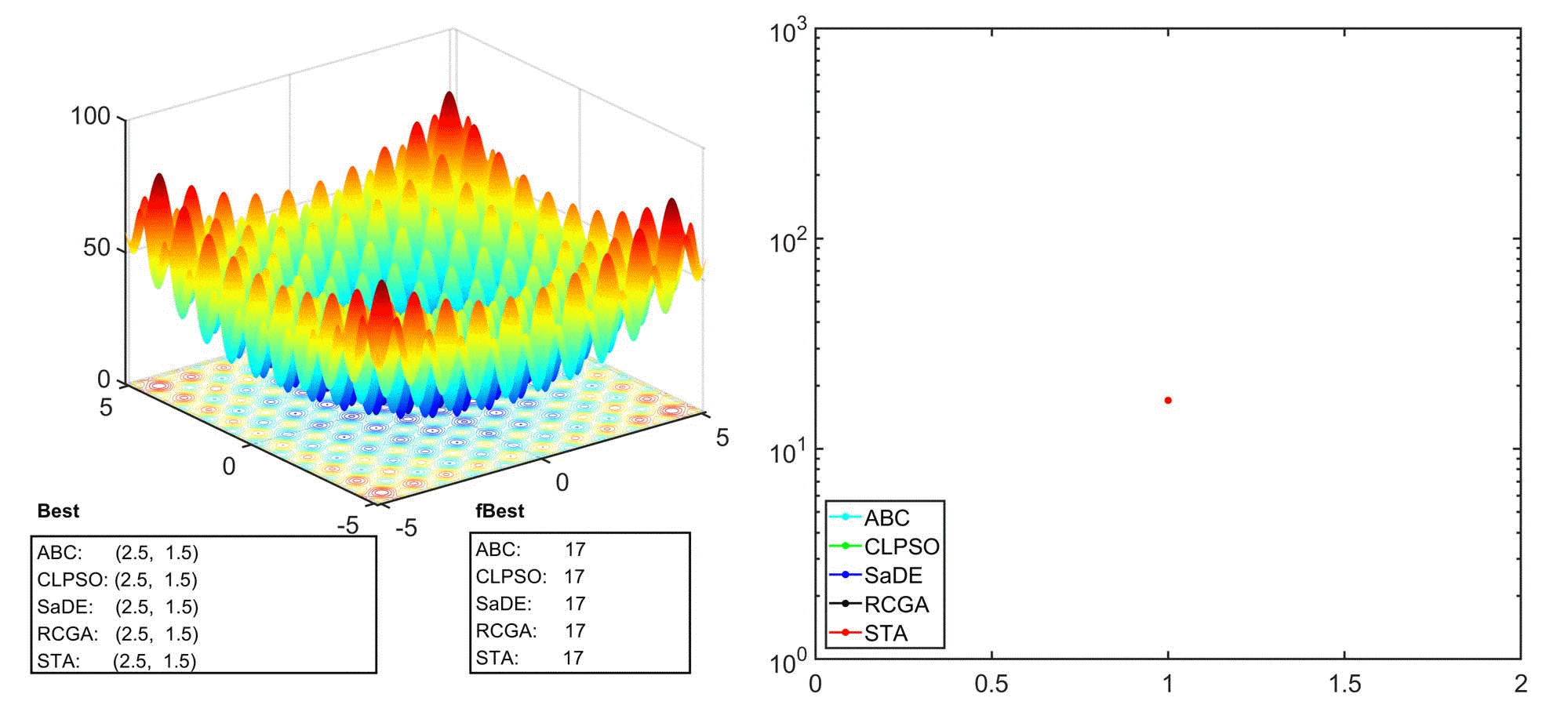相关论文
发布时间:2022-02-22
| [1] Zhou X, Yang C, Gui W. State transition algorithm[J]. Journal of Industrial & Management Optimization, 2012, 8(4): 1039-1056. |
| [2] 阳春华, 唐小林, 周晓君, 等. 一种求解旅行商问题的离散状态转移算法[J]. 控制理论与应用, 2013 (8): 1040-1046. |
| [3 Zhou X, Yang C, Gui W. Nonlinear system identification and control using state transition algorithm[J]. Applied Mathematics and Computation, 2014, 226: 169-179. |
| [4] Zhou X, Hanoun S, Gao D Y, et al. A multiobjective state transition algorithm for single machine scheduling[M]. Advances in Global Optimization. Springer, Cham, 2015: 79-88. |
| [5] Tang X, Yang C, Zhou X, et al. A discrete state transition algorithm for generalized traveling salesman problem[M]. Advances in Global Optimization. Springer, Cham, 2015: 137-145. |
| [6] Zhou X, Gao D Y, Yang C, et al. Discrete state transition algorithm for unconstrained integer optimization problems[J]. Neurocomputing, 2016, 173: 864-874. |
| [7] Zhou X, Gao D Y, Simpson A R. Optimal design of water distribution networks by a discrete state transition algorithm[J]. Engineering Optimization, 2016, 48(4): 603-628. |
| [8] Zhou X, Yang C, Gui W. A matlab toolbox for continuous state transition algorithm[C]. In the 35th Chinese Control Conference (CCC). IEEE, 2016: 9172-9177. |
| [9] Zhou X, Yang C, Gui W. A comparative study of STA on large scale global optimization[C]. In the 12th World Congress on Intelligent Control and Automation (WCICA). IEEE, 2016: 2115-2119. |
| [10] 董天雪, 阳春华, 周晓君, 等. 一种求解企业员工指派问题的离散状态转移算法[J]. 控制理论与应用, 2016, 33(10): 1378-1388. |
| [11] Han J, Yang C, Zhou X, et al. A new multi-threshold image segmentation approach using state transition algorithm[J]. Applied Mathematical Modelling, 2017, 44: 588-601. |
| [12] Han J, Yang C, Zhou X, et al. Dynamic multi-objective optimization arising in iron precipitation of zinc hydrometallurgy[J]. Hydrometallurgy, 2017, 173: 134-148. |
| [13] 张凤雪, 阳春华, 周晓君, 等. 基于控制周期计算的锌液净化除铜过程优化控制[J]. 控制理论与应用, 2017, 34(10): 1388-1395. |
| [14] Zhang F, Yang C, Zhou X, et al. Fractional-order PID controller tuning using continuous state transition algorithm[J]. Neural Computing and Applications, 2018, 29(10): 795-804. |
| [15] Zhou X, Shi P, Lim C C, et al. A dynamic state transition algorithm with application to sensor network localization[J]. Neurocomputing, 2018, 273: 237-250. |
| [16] Zhou X, Zhou J, Yang C, et al. Set-point tracking and multi-objective optimization-based PID control for the goethite process[J]. IEEE Access, 2018, 6: 36683-36698. |
| [17] Huang Z, Yang C, Zhou X, et al. A novel cognitively inspired state transition algorithm for solving the linear bi-level programming problem[J]. Cognitive Computation, 2018, 10(5): 816-826. |
| [18] Huang M, Zhou X. Feature selection in froth flotation for production condition recognition[J]. IFAC-PapersOnLine, 2018, 51(21): 123-128. |
| [19] Han J, Yang C, Zhou X, et al. A two-stage state transition algorithm for constrained engineering optimization problems[J]. International Journal of Control, Automation and Systems, 2018, 16(2): 522-534. |
| [21] Zhang F, Yang C, Zhou X, et al. Fractional order fuzzy PID optimal control in copper removal process of zinc hydrometallurgy[J]. Hydrometallurgy, 2018, 178: 60-76. |
| [22] Zhou X, Long J, Xu C, et al. An external archive-based constrained state transition algorithm for optimal power dispatch[J]. Complexity, 2019 (4727168), 1-11. |
| [23] Zhou X, Yang K, Xie Y, et al. A novel modularity-based discrete state transition algorithm for community detection in networks[J]. Neurocomputing, 2019, 334: 89-99. |
| [24] Zhang F, Yang C, Zhou X, et al. Optimal Setting and Control Strategy for Industrial Process Based on Discrete-Time Fractional-Order PI $^{\lambda} $ D $^{\mu} $[J]. IEEE Access, 2019, 7: 47747-47761. |
| [25] Huang M, Zhou X, Huang T, et al. Dynamic optimization based on state transition algorithm for copper removal process[J]. Neural Computing and Applications, 2019, 31(7): 2827-2839. |
| [26] Huang Z, Yang C, Zhou X, et al. A hybrid feature selection method based on binary state transition algorithm and ReliefF[J]. IEEE Journal of Biomedical and Health Informatics, 2019, 23(5): 1888-1898. |
| [27] Zhou X, Yang C, Gui W. A statistical study on parameter selection of operators in continuous state transition algorithm[J]. IEEE Transactions on Cybernetics, 2019, 49(10): 3722-3730. |
| [28] 周晓君, 阳春华, 桂卫华. 状态转移算法原理与应用[J]. 自动化学报, 2020, 46(11): 2260-2274. |
| [29] Han J, Yang C, Lim C C, et al. Power scheduling optimization under single-valued neutrosophic uncertainty[J]. Neurocomputing, 2020, 382: 12-20. |
| [30] Huang Z, Yang C, Zhou X, et al. Energy consumption forecasting for the nonferrous metallurgy industry using hybrid support vector regression with an adaptive state transition algorithm[J]. Cognitive Computation, 2020, 12(2): 357-368. |
| [31] Zhou X, Zhang R, Wang X, et al. Kernel intuitionistic fuzzy c-means and state transition algorithm for clustering problem[J]. Soft Computing, 2020, 24(20): 15507-15518. |
| [32] Zhou X, Zhang R, Yang K, et al. Using hybrid normalization technique and state transition algorithm to VIKOR method for influence maximization problem[J]. Neurocomputing, 2020, 410: 41-50. |
| [33] Zhou X, Zhang R, Yang C. A hybrid feature selection method for production condition recognition in froth flotation with noisy labels[J]. Minerals Engineering, 2020, 153: 106201. |
| [34] Zhou X, Huang M, Huang T, et al. Dynamic optimization for copper removal process with continuous production constraints[J]. IEEE Transactions on Industrial Informatics, 2020, 16(12): 7255-7263. |
| [35] Dong Y, Zhang H, Wang C, et al. A novel hybrid model based on Bernstein polynomial with mixture of Gaussians for wind power forecasting[J]. Applied Energy, 2021, 286: 116545. |
| [36] Huang Z, Yang C, Chen X, et al. Functional deep echo state network improved by a bi-level optimization approach for multivariate time series classification[J]. Applied Soft Computing, 2021, 106: 107314. |
| [37] Wang Z, Zhou X, Tian J, et al. Hierarchical parameter optimization based support vector regression for power load forecasting[J]. Sustainable Cities and Society, 2021, 71: 102937. |
| [38] 周晓君, 柳英键, 徐冲冲, 等. 一种自适应拟牛顿-状态转移混合智能优化算法及应用[J]. 控制与决策, 2021, 36(10): 2451-2458. |
| [39] Zhou X, Wang X, Huang T, et al. Hybrid intelligence assisted sample average approximation method for chance constrained dynamic optimization[J]. IEEE Transactions on Industrial Informatics, 2020, 17(9): 6409-6418. |
| [40] Zhou X, Tian J, Long J, et al. A fast constrained state transition algorithm[J]. Neurocomputing, 2021, 455: 202-214. |
| [41] Dong Y, Zhang H, Wang C, et al. Wind power forecasting based on stacking ensemble model, decomposition and intelligent optimization algorithm[J]. Neurocomputing, 2021, 462: 169-184. |
| [42] Han J, Yang C, Lim C C, et al. Stackelberg–Nash Game Approach for Constrained Robust Optimization With Fuzzy Variables[J]. IEEE Transactions on Fuzzy Systems, 2021, 29(11): 3519-3531. |
| [43] Han J, Yang C, Lim C C, et al. Stackelberg game approach for robust optimization with fuzzy variables[J]. IEEE Transactions on Fuzzy Systems, 2022, 30 (1), 258 - 269. |
| [44] Zhou X, Gao Y, Yang S, et al. A multiobjective state transition algorithm based on modified decomposition method[J]. Applied Soft Computing, 2022: 108553. |
| [45] Zhou X, Tian J, Wang Z, et al. Nonlinear bilevel programming approach for decentralized supply chain using a hybrid state transition algorithm[J]. Knowledge-Based Systems, 2022: 108119. |
| [46] Li W, Han J, Li Y, et al. Optimal sensor placement method for wastewater treatment plants based on discrete multi-objective state transition algorithm[J]. Journal of Environmental Management, 2022, 307: 114491. |


